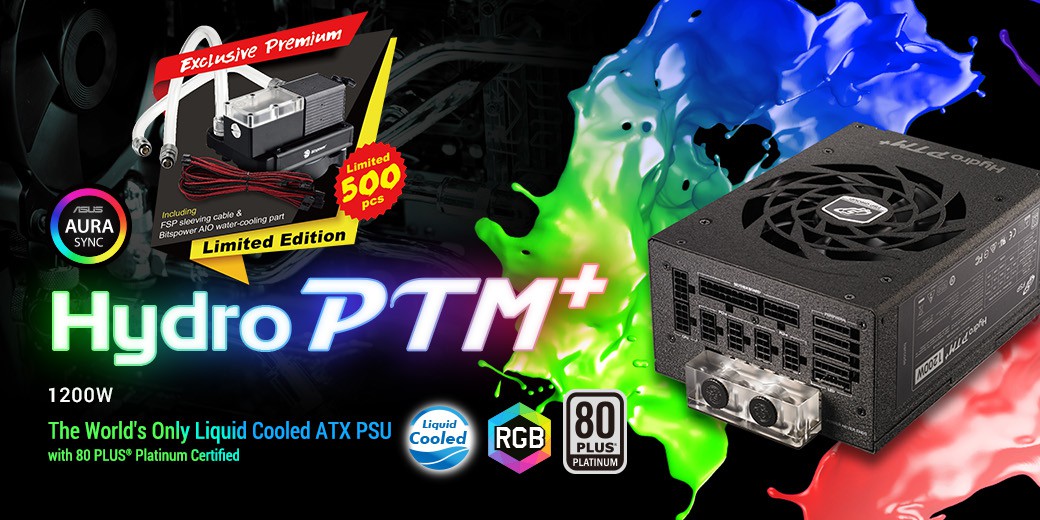- Joined
- Jan 1, 2019
- Messages
- 611 (0.26/day)
The ATX12VO was too not well considered given the growing power consumption in processors and graphics devices
Devices long ago reached the reticle limit so chiplet designs overcome foundry limitations. More and more L3 cache comes at a cost.
Devices long ago reached the reticle limit so chiplet designs overcome foundry limitations. More and more L3 cache comes at a cost.




